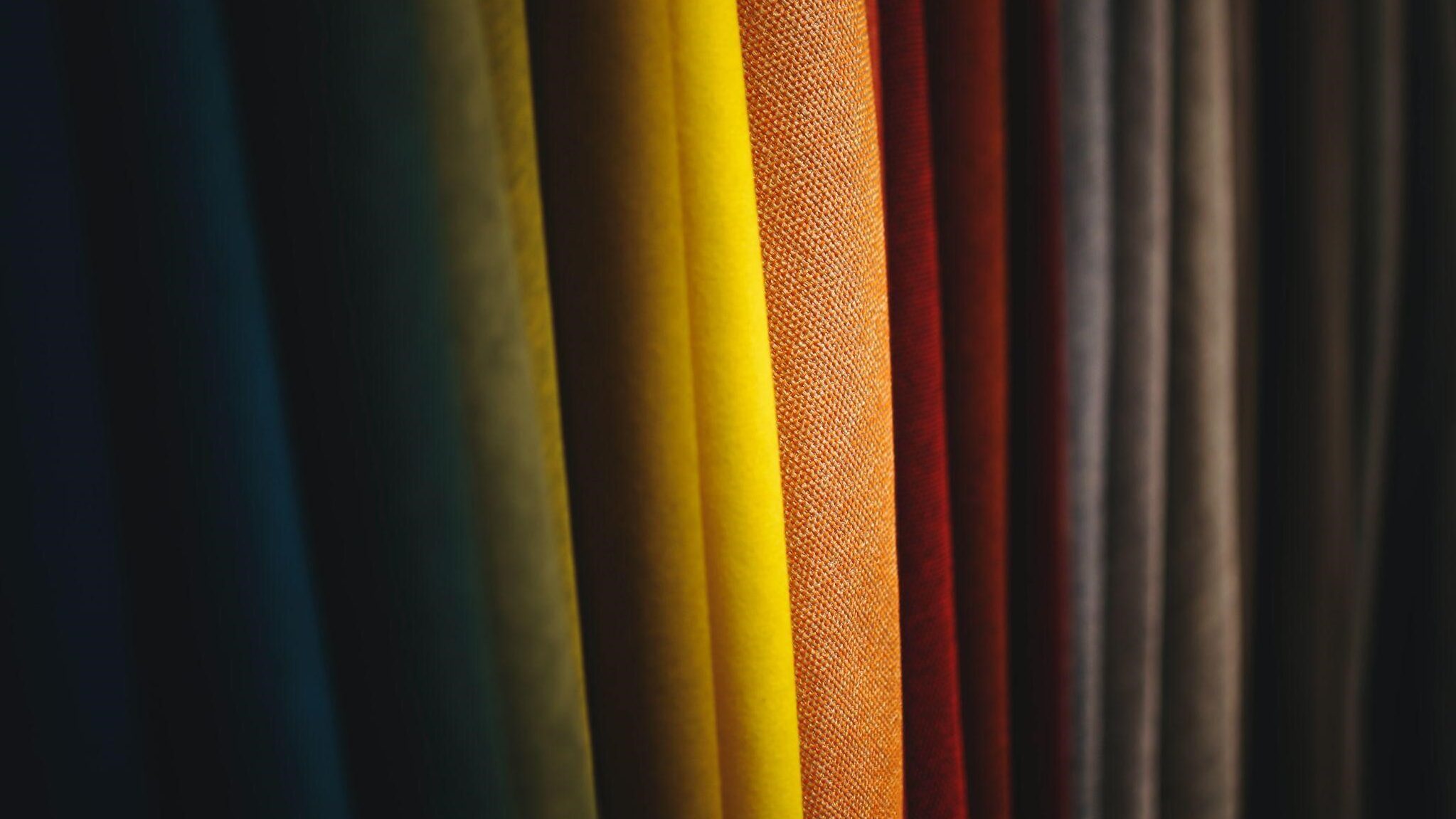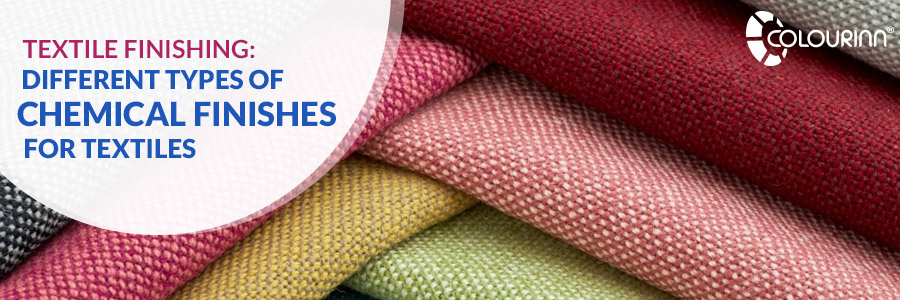A finished textile good is always valued and appreciated more in the market than in its original or raw form. Textile pretreatment chemicals can help remove the natural or added impurities in the fabric, improving the dyeing, printing, and finishing process.
When the initial steps in the manufacturing process go well, so does the product’s finish. Different types of finishes serve each individual according to their preferences.

Textile finishes are the final touch-up in the entire production process, transforming the woven or knitted piece of cloth into a convenient and appealing material in the market.
Different Types of Textile Finishes
We know the variety of fabrics available around us, but we may not be aware of all the stunning finishes done on the same.
The modern-day techniques used in the manufacturing of textiles can be classified into four main categories of finishes-
1. Functional Finishes
This type of finish consists of two groups: Aesthetic finishes and Entirely functional finishes.
(i) Aesthetic finishes- It improves the overall look of the garment, which is extremely important in today’s market. Some aesthetic finishes are – Softening, Raising or Napping, Stiffing, Shearing, Fulling, Sueding, etc.
(ii) Entirely Functional finishes- As they are wholly functional, they help enhance the textile to perform better and fulfill the purpose of the fabric in the market. Some of the finishes that boost the available properties of a garment are mentioned below :
- All natural and synthetic fibers protect from heat, UV rays, and environmental impurities.
- Synthetic fibers protect from electrostatic charges.
- Woolen fabrics resist insects, etc.
2. Performance Finishes
Four primary groups of performance finish determine the durability of a fabric.
- Temporary finish- It wears off quickly after each wash of the fabric. Textile finishing chemicals like optical brighteners, softening agents, glazing agents, etc., are used for the temporary finish.
- Semi-Durable Finish – It lasts 6-10 washes but washes off after some time. It falls between temporary and permanent finish.
- Permanent or Durable Finish- It lasts long but loses its functional properties with time.
3. Mechanical Finishes
The mechanical finish is also known as the dry finish. They are usually temporary or semi-durable and are achieved by using machines that can change the appearance of a garment by applying physical pressure, temperature, etc. Some examples are-
- Calendering
- Stretching
- Glazing
- Decating
4. Chemical Finishes
Another name for the chemical finish is wet finish. Usually, wet finishes are permanent and are obtained using different variations of chemicals in many fabrics. Some of the lasting chemical finishes are below:
- Parchmentizing
- Anti-microbial finish
- Anti-static finish
- Mercerizing
Conclusion:
The finishing process is where the main spotlight falls. The buyers in today’s generation value the finished product much more than the same cost. Thus, it has to be the center of focus for the industry to hold for the near future. Pretreatment Textile Manufacturers are there for you to help you out.
Although, clothing and fashion are different in every part of the world. But somehow, the demand for better quality and durability is the same around the globe.
Frequently Asked Questions:
Q1. What do textiles with permanent finishes have?
Ans: Permanent finishes, which typically include a chemical alteration in fiber structure, won’t fade or change throughout the course of a fabric’s life.
Q2. What are finishes and their various types?
Ans: Three basic types of finishing resin treatments are as follows: anti-crease surface. washable and durable finishing. long-lasting press treatment.
Q3. What does textile mechanical finishing involve?
Ans: Any procedure used on yarn or fabric to enhance the look, functionality, or “hand” of clothes is known as mechanical finishing.

